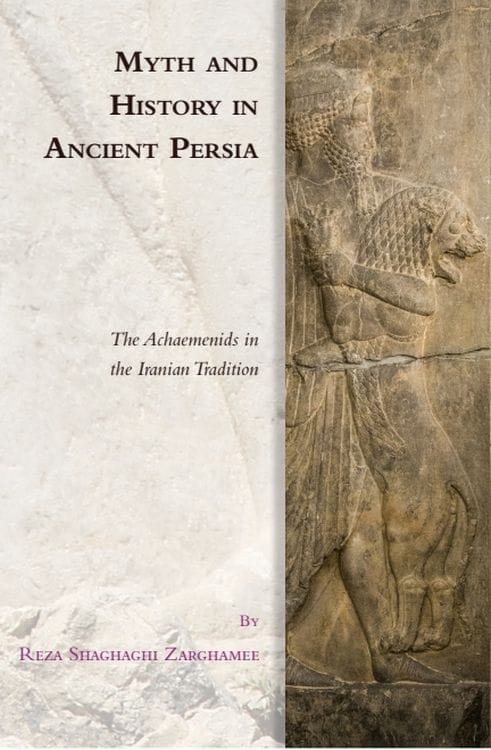An international conference convened by:
M. Rahim Shayegan, UCLA
William Schniedewind, UCLA
Catherine Bonesho, UCLA
March 13-14, 2025 | 306 & 314 Royce Hall
UCLA
Co-sponsored by:
The Pourdavoud Institute for the Study of the Iranian World
The Alan D. Leve Center for Jewish Studies
Although there has been renewed interest in the Persian period in biblical scholarship, the profound impact of the ancient Iranian world on the biblical books of Esther and Daniel has often been taken for granted. From their dynamic portraits of foreign kings and Jewish communities in the imperial court to their use of Iranian institutions and literary traditions, it is impossible to disentangle the books of Esther and Daniel from their ancient Iranian contexts. This conference foregrounds the influence of the ancient Iranian world on Esther and Daniel and its lasting impact on ancient Jewish communities.
In organizing this conference, we hope to offer a truly interdisciplinary analysis of Esther, Daniel and ancient Iranian Studies by inviting speakers specializing in subjects related to Second Temple Judaism, Hebrew Bible, and the Achaemenid Empire. Topics explored at the conference include Jewish constructions of the diaspora and Persian court, Achaemenid religions, Aramaic scribalism, and imperial ideology and hybridity.
Zoom Webinar Link
Download the Conference Program
Download the Abstract Booklet







